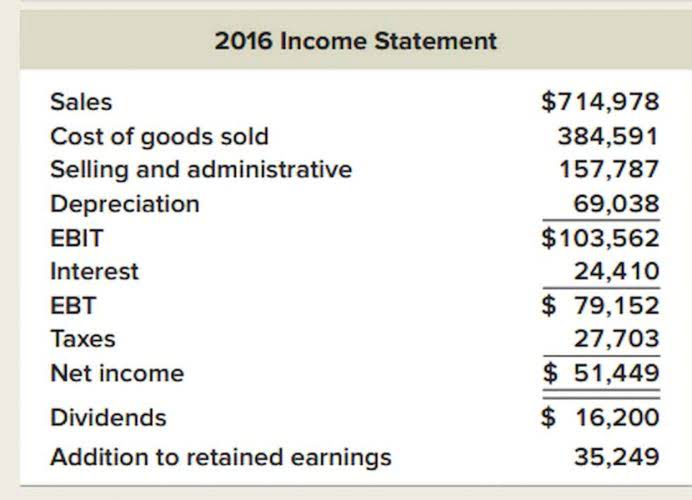
Single entry bookkeeping is precisely done for small businesses that do not entail arduous transactions. Payment details are recorded accurately, and notes on bookkeeping and accountancy are made from time to time. For penny accounts, or where transactions do not happen on a regular basis, the single entry system of recording is considered to be the best. The process of documenting, saving, and retrieving financial transactions for a company is known as bookkeeping. It ensures that the financial information is accurate, up-to-date, and comprehensive.
“Shoeboxed makes it stupid simple to scan receipts…”
- Errors or fraud in bookkeeping can lead to serious financial repercussions.
- For example, suppose your company recognizes revenue at the point of sale.
- If your books aren’t balanced regularly, it could lead to over- or underestimating revenues, missing payment deadlines—or worse—running into trouble with tax authorities.
- Moira Alexander is a recognized thought leader and the founder of PMWorld 360 Magazine and Lead-Her-Ship Group, a digital content marketing agency.
- The general ledger serves as the primary accounting record for a company.
Even though larger businesses may need a bookkeeper, adopting computer software can make it easier to make sure that everyone is on the same page. Since no two businesses are alike, it is very probable that they will desire a custom software solution that is made to meet their unique needs. Insurance Accounting Your accountant should have minimal issues locating the data they require in your company report at the end of the year. This account is relatively simple to look after and is of great importance to investors and shareholders who are keen to see where their money is going and the overall success of the business.
Top Key Features of Accounting Policies

The process of bookkeeping makes sure that all the financial transactions are recorded regularly and correctly. Through bookkeeping, companies can track their financial status and make financial decisions. The components of bookkeeping consist of journal, ledger, balance sheet, income statement, cash flow statement, etc. Double entry bookkeeping system is defined as a type of bookkeeping bookkeeping where for every single financial transaction two entries are recorded. Unlike single-enrty bookkeeping, double entry bookkeeping records credit entries. The transactions in double entry bookkeeping are recorded when either debt is incurred or revenue is earned.
- Conversely, accounts payable refers to obligations a business owes to suppliers or vendors.
- When deciding between outsourcing your bookkeeping or handling it yourself, consider the pros and cons of each option.
- Both are crucial for calculating Cost of Goods Sold (COGS) and your business’ gross profit so they both need to be accurate.
- It is more of a cash flow system, tracking what comes in and what goes out.
- Open a separate bank account for your business to avoid mixing personal and business transactions.
Closing The Books
These systems range in complexity and are chosen based on the business’s size and transaction needs. The main book of accounts is crucial for ensuring accurate financial record keeping. Business owners must establish a Chart of Accounts that organizes financial transactions.

Compared to the single-entry bookkeeping system, double-entry is a types of bookkeeping more thorough, time-consuming approach to bookkeeping. Most smaller businesses don’t have time, resources, and extra people to work on detailed bookkeeping. These include possible loopholes that can be exploited to cover up mistakes and fraudulent transactions, especially if no software or app is used and everything is manual. Furthermore, there is no fast way to check for balances, liabilities, and on-time payments, which can result in penalties and late payments. The fact that double-entry Methods of Bookkeeping Systems has a procedure in place to assure the precise and full recording of business transactions. It is a trustworthy source of financial information and a fair evaluation of the health or performance of a company.
